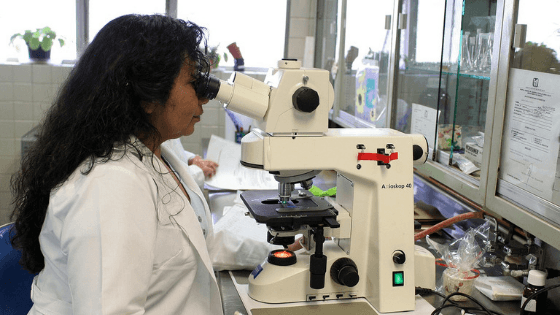The main trades in Clinical Research

The clinical evaluation of a new drug candidate is based on the results of preclinical biomedical studies on animals in research laboratories and the quality of these results. However, animals can not speak to say what they are experiencing, and the animal model is not 100% predictive for humans. So, if the adverse effects in animals are negligible, the new molecule must be tested on humans.
As any substance may have adverse effects depending on the dose administered (even too much water swallowed, or Botox, even in small amounts), the study of adverse effects by dose is done with extreme caution, very gradually. We start with very small doses and following very strict rules for the protection of the participants, established by the Good Clinical Practices. The studies are done in a medical clinic (hence clinical trial ) under the supervision of a qualified doctor to evaluate the side effects and intervene in time if necessary.
The informed consent and the right of participants to withdraw from the study at any time without any explanation are the cornerstones of the guarantee against coercion strictly checked by monitors. They also ensure the veracity and validity of the data generated.
In Clinical Trial – Phase I the study is done on a small number of healthy volunteers by doing all the analyzes thinkable at all 6 hours to identify any harmful trend before it becomes harmful and able to stop the study in time. We always start with one small dose, then with another group of subjects the dose is increased, and so on until the participants start to report unpleasant effects (redness, dizziness, nausea, etc.). This is the maximum tolerable dose that should not be used.
The same exercise is repeated with multiple doses for a short time, then in combination with different types of food. Volunteers are paid for their participation because they have no other interest in doing so.
In Clinical Trial – Phase II patients are already, or the same principle of care and a very gradual increase of doses is applied. Here we establish also there is an efficiency and at what dose it appears. If so, two doses are chosen in the range of efficacy and under the maximum tolerated dose, and the study continues with more patients to accumulate more statistical data and generate more reliable results.
The process of collecting statistical data on adverse reactions continues post-market in the pharmacovigilance process, which already collects data from millions of patients on extremely rare adverse effects, the effects of long-term use and interactions with other drugs and natural substances used by patients.
In Clinical Trial – Phase III the number of patients is increased to a few thousand to see rare side effects and studies are done in 36-38 countries on average to see the ethnic differences that still exist. On the basis of statistical data accumulated on the safety and the efficacy of the treatment, a marketing application is filed, first usual in the US, which is the largest market. Data verification by the FDA can take a year and a half because the slightest detail is reviewed.
The protection of the health and safety of persons who are suitable for these studies and the respect for the confidentiality of personal data are closely linked to the work of the investigator and his team, as well as the monitor, the attaché clinical research. It periodically checks whether the work is done according to the pre-approved scientific protocol and the legal protection requirements of the participants.
(to follow)

Workshops
405 Avenue Ogilvy, unit #101
Montreal, QC, Canada H3N 1M3
(legal address, no admission)
Contact Us
info@cra-school.com
Information : +1 (514) 534-0273
Support 7/7 : +1 (514) 257-3003
By Skype: CRA School Montreal
- © 2009 - 2024 CRA-School - International, All Rights Reserved.


0 Comments